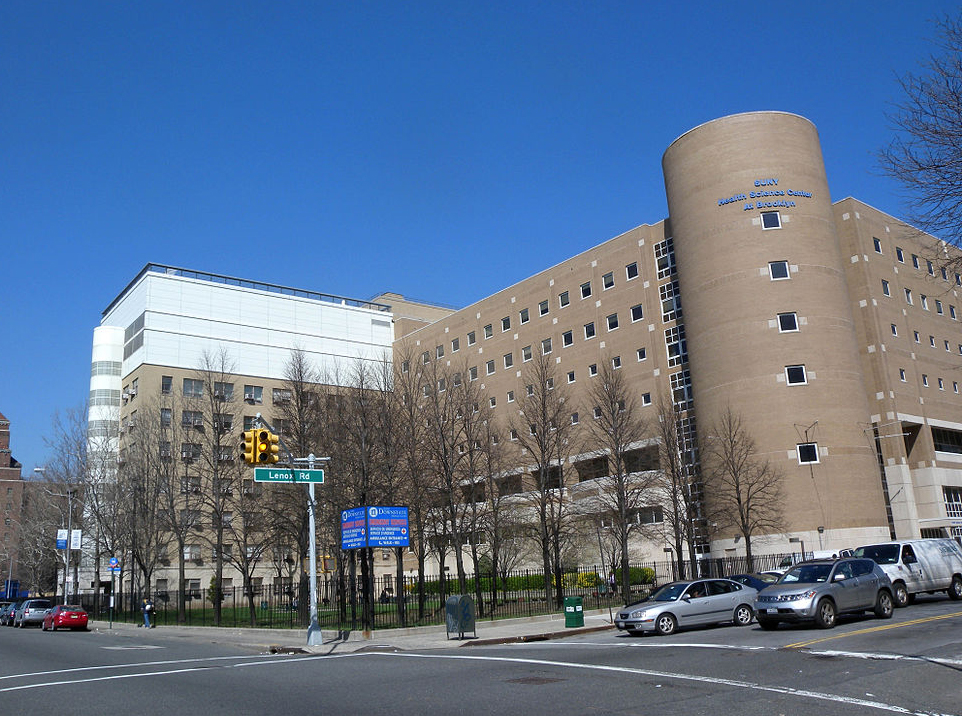Planned SUNY Downstate ‘transformation’: New beginning or downsizing for Brooklyn hospital?

EAST FLATBUSH — The State University of New York recently announced that Gov. Kathy Hochul has directed SUNY to come up “transformation plan” for chronically underfunded SUNY Downstate Medical center in East Flatbush that would secure “a sustainable future for Downstate for years to come.”
However, others, specifically unions representing Downstate staffers, have said that such a plan, in reality, would dangerously downsize the hospital and could eventually lead to its closure.
As of now, there is no definite plan with concrete details. However, an official statement from SUNY Chancellor John King said, “We anticipate this plan will include deepening partnerships with other Brooklyn hospitals so Downstate can relocate services” — in other words, relocate them out of the current Downstate campus.